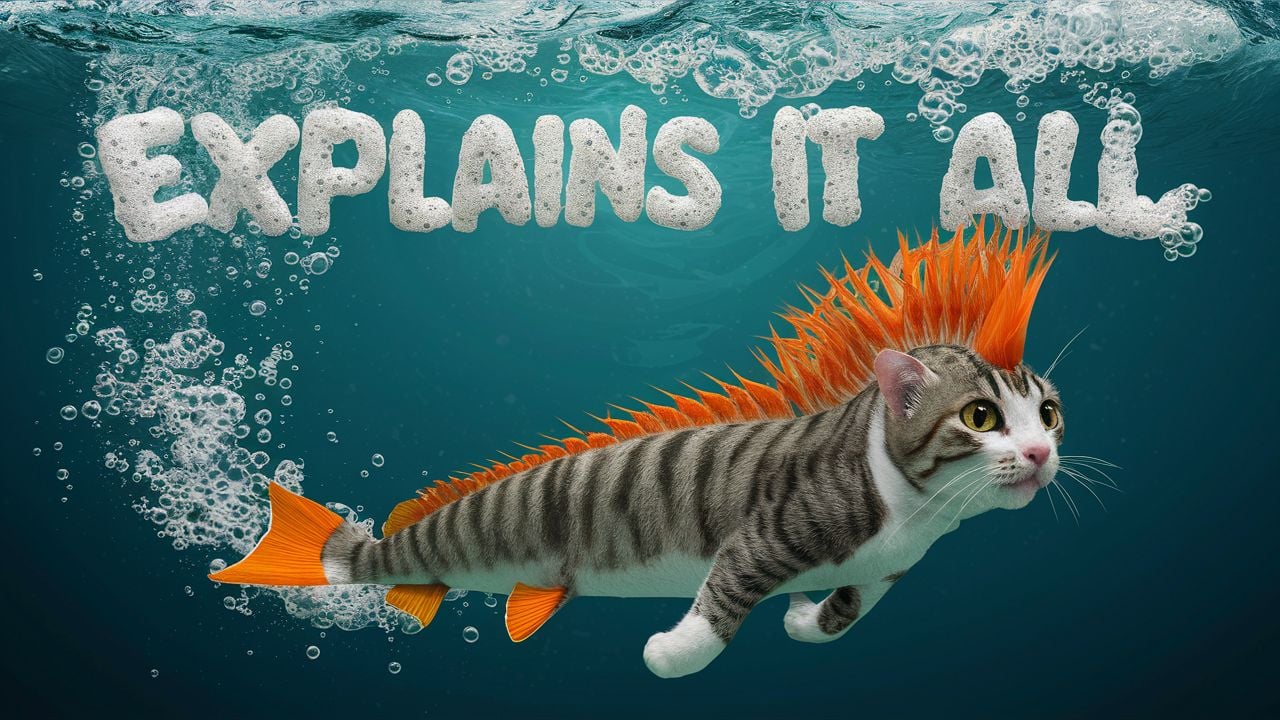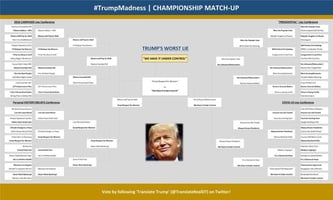The Dark Side of Modeling
Drugs & the Fashion World [Pre-I]
The Dark Side of Modeling
With its estimated annual revenue of $1.5 billion in the US and the global fashion industry valued at over $2.5 trillion, the industry offers significant financial potential.
Like the weight issue, drugs in the fashion industry is a systemic issue, not the fault of one person. I'm not calling out any individuals, here. Like we talked about- the isolation, grueling travel, punishing beauty standards of the patriarchy, and the pressures of the job would get to anyone. Especially without a support system.
Drugs-
Cocaine targets the central nervous system and acts as a stimulant by promoting the release of neurotransmitters like dopamine and noradrenaline. Dopamine is responsible for the feeling of pleasure, while noradrenalin ensures your physical readiness to act in a high-stress situation. It increases blood pressure, makes your heart race, and induces a state of euphoria. Cocaine makes people feel more alert, confident, and brave. As a result, it’s frequently abused before important shows, presentations, and runway walks.
Model Sophie Anderton, who suffered from cocaine addiction for years before giving it up, told the Independent that “drugs are so accessible within the industry, and it is very difficult to steer completely clear of them.”
Stephen Fried, the author of the biography of Gia Carangi, a supermodel who developed a fatal drug addiction, told The Independent that models use cocaine for the same reason truck drivers do, which is the same reason why athletes take steroids: to enhance performance on the job. Truck drivers use cocaine to stay on top of their game during sixteen-plus hour workdays and supermodels use it to maintain the industry-standard weight that in any other context would be regarded with great concern.
Cocaine users statistically have less fat mass than those who don’t abuse drugs.
Even as the fashion industry helps fuel the drug abuse of young models—most of whom are fresh out of high school—by upholding them to ridiculously rigid appearance standards, it embraces a culture of collective denial about it, willfully turning a blind eye.
Fortunately, the ‘heroin chic’ was a short-lived phenomenon. Following the death of Davide Sorrenti in 1997, several anti-drug statements were made by representatives of the fashion industry, media, and the American government. Sorrenti was a famous young photographer and an active proponent of the ‘heroin chic’ look in his art. His death at the age of 20 after [a] heroin overdose was a wake-up call, loud enough for the public to finally take notice.
Thirteen leading designers, including John Galliano, Stella McCartney, John Rocha, Reynold Pearce, and Andrew Fionda, signed a statement condemning the industry’s use of drugs to promote fashion. They expressed their concern about “the waste of human potential caused by substance addiction” and claimed to “disapprove of the fashion industry glamorizing the use of addictive substances, as this could have a detrimental effect on the lives of young people, many of whom are greatly influenced by the appearance and actions of members of our industry.
Research Study:
Results
Current substance use or alcohol abuse was reported by 35% of fashion models and 12% of controls.
Conclusion
Our findings suggest that fashion models are more at risk for partial ED and use of illicit drugs than females in the general population.
Sources:





